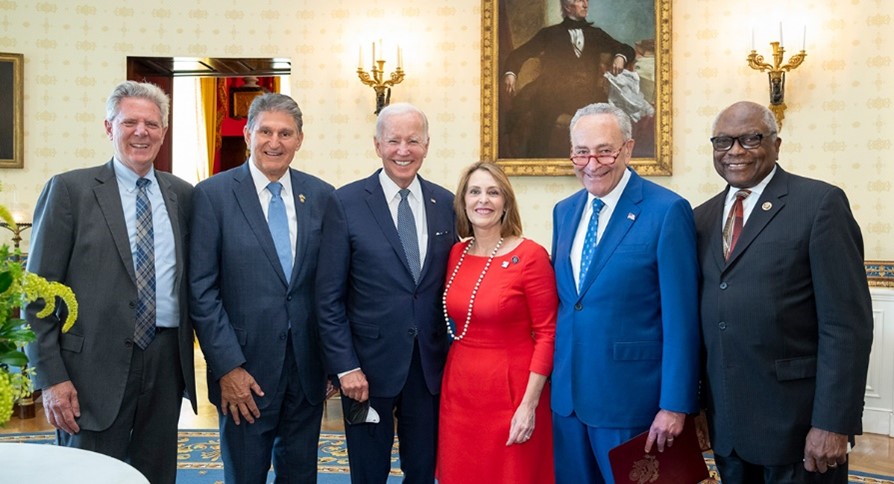
Why Do Progressives Support Democrats? Part One
By JOHN C. GOODMAN – November 15, 2022
Did you know that the most important “progressive” reform ideas of the last half-century have not come from the Left? They have come from Republican politicians and right-of-center intellectuals and think tanks. Here is a brief summary.
Tax reform. A common refrain from liberal critics is that Republican tax reform bills inevitably mean tax cuts for the rich. But did you know that the U.S. tax system is the most progressive among all developed countries? More than any other developed country, we tax the wealthy far more than poor and middle-income families. We are even more progressive than the social welfare states of Northern Europe. This fact is not controversial. It is accepted by economists of all political persuasions. Moreover, more than half of all households today pay no income tax at all. That’s because every Republican tax bill—going all the way back to Ronald Reagan—threw more and more people off the income tax rolls.
Negative Income Tax. Not only is our tax system more progressive than other countries, but our entire welfare system is also more progressive. That is, we distribute more from the top to the bottom than any other country. Other countries may have more social insurance, but we have more redistribution.
One of the most important vehicles for reducing poverty is based on the idea of a negative income tax, proposed by Milton Friedman in 1962. The legislative version, first introduced in 1975, is called the Earned Income Tax Credit. Closely related is the child tax credit, created by a Republican Congress in 1997. Because of these two measures, by 2018 it was virtually impossible for a working mother to be poor (in terms of cash income), even if she earned only the minimum wage! Under the War on Poverty—originated by Democrats in the 1960s—healthcare money goes to doctors and hospitals; housing money goes to landlords and developers; food stamp money goes to agribusiness; education money goes to school bureaucracies, etc.
What difference does this make? The special interests use their political influence to shape and mold the structure of these programs for their benefit—not for the benefit of low-income families. Studies find that Medicaid enrollees, for example, value their coverage at as little as 20 cents on the dollar. By contrast, every refundable tax credit dollar is worth a dollar.
Universal health coverage. Many readers will remember that in the 2008 presidential campaign Barack Obama promised health reform. After his election victory, we got Obamacare. But do you know that his opponent, the late Sen. John McCain (R-AZ), proposed a far more expansive health reform?
The Obama exchanges have never included more than 20 million people. But McCain’s plan would have directly affected 10 times that number. In a nutshell, McCain proposed to take all the government money currently in the system (all tax and spending subsidies for private health insurance) and give every American a refundable tax credit for health insurance and healthcare. Obamacare sends money to insurance companies and imposes all kinds of top-down regulation. Instead, McCain’s plan would have sent the money to families and let market competition meet their needs. Whereas Obamacare made the government bigger, McCain would have made the government better.
Interestingly, when Obama got to the White House, some of his advisers tried to convince him to adopt the McCain approach. Unfortunately, he had already campaigned on the claim that McCain’s approach was “too radical.”
I’ll have more examples in my next column.
JOHN C. GOODMAN is a Senior Fellow at the Independent Institute and President of the Goodman Institute for Public Policy Research.
